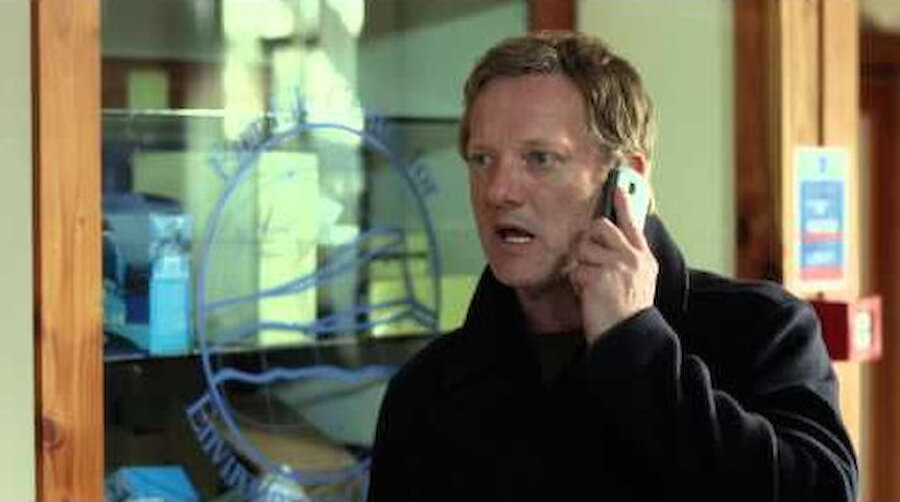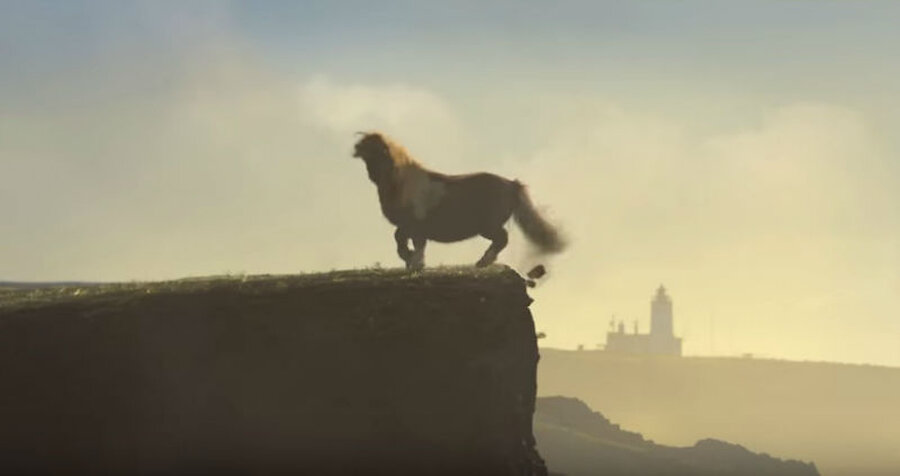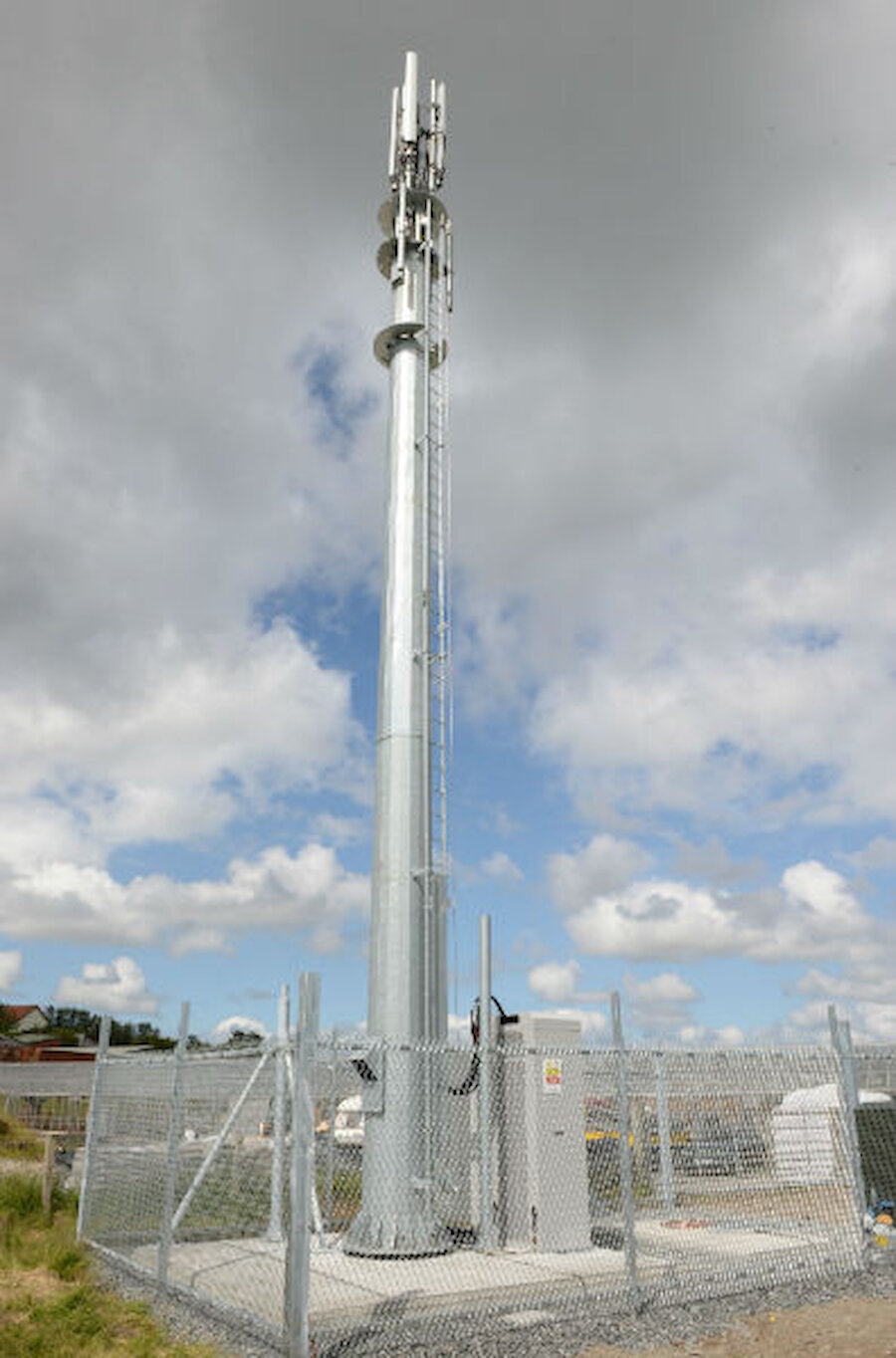Viewers who recall the first series of BBC1’s Shetland crime drama will recall a running theme, namely the difficulty that Detective Inspector Perez and his colleagues had in obtaining a signal on their mobile phones.
It’s true, of course, that mobile reception in Shetland has historically been a little patchy, as indeed it can be in any rural area or, indeed, in some parts of cities. Some years ago, I was surprised to find no signal in one corner of Piccadilly Circus.
However, all four main networks have long had a presence in Shetland. Vodafone and O2 (the latter originally Cellnet) were first to establish 2G networks. Coverage improved from 1996, when the two firms began working together, with support from Highlands and Islands Enterprise, to erect 200 new masts in the north west of Scotland and the islands.





